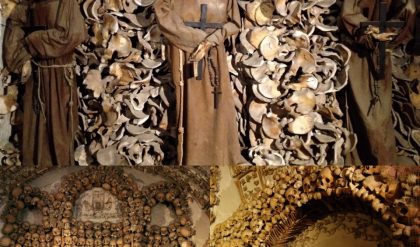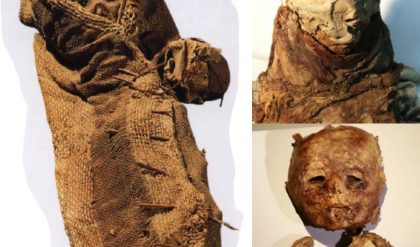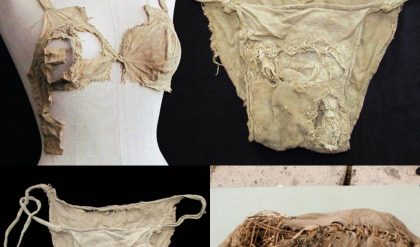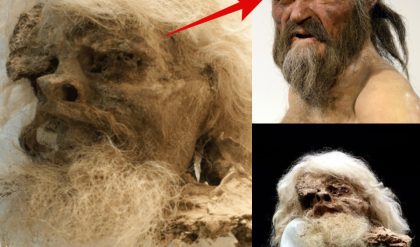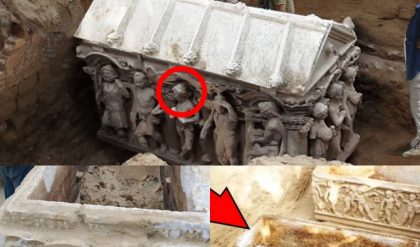This mummy of a woman has a gilded, golden face and a wig of human hair adorned upon her head. Unfortunately, not much is known about this woman, only her head remains.
Discovered in Egypt, bequeathed by (Major) Robert Grenville ‘John’ Gayer-Anderson, the head of the unknown woman now resides at The Fitzwilliam Museum, in Cambridge. But despite the little information, we can sense some things via glancing at the head…

The Fitzwilliam Museum, Cambridge.
Golden skin
The Ancient Egyptians had an infatuation with gold (Nebu), as it represented, not just wealth and glory but divine spiritual purpose.
The gold was associated with sun worship, with deep association to the Sun God Ra. Not just Ra and other solar deities, it was believed by the Ancients that the deities of their vast pantheon had golden skin, and therefore gold itself was deemed a heavenly divine metal. A natural source found and brought forth from the ground, similar to the creation myth itself.
It is this reason why, at death, many Egyptians were adorned with gold, and in the Late Period, faces of the deceased were even adorned with gold leaf, to imitate the divine. Taking this into consideration, could allow us to determine the era of which this Egyptian woman lived and died.
Gold, abundant, in Egypt’s colonial regions such as Nubia, meant that the wealth of the kingdom was prosperous. However, to be mummified, and adorned with gold, could suggest this woman had above average wealth and perhaps a noble or important role in society. Perhaps she was the wife of a nobleman, or a singer in the temples, or even a priestess. It is simply unknowable.
Hair
The wig adorned upon her head is of auburn, tousled hair, possibly even her own. Wigs were another sign of wealth and status in society.

The Fitzwilliam Museum, Cambridge.
In ancient Egypt, gold held significant symbolism in the process of mummification. Gold was associated with the sun god Ra, who was believed to have the power to grant eternal life. It represented the divine and was considered a symbol of immortality and the afterlife.
Gold was used to adorn the bodies of the deceased, particularly kings and other high-ranking individuals, as it was believed to protect and preserve their bodies in the journey to the afterlife. It was also used to create intricate burial masks and other funerary objects, showcasing the wealth and status of the deceased.
